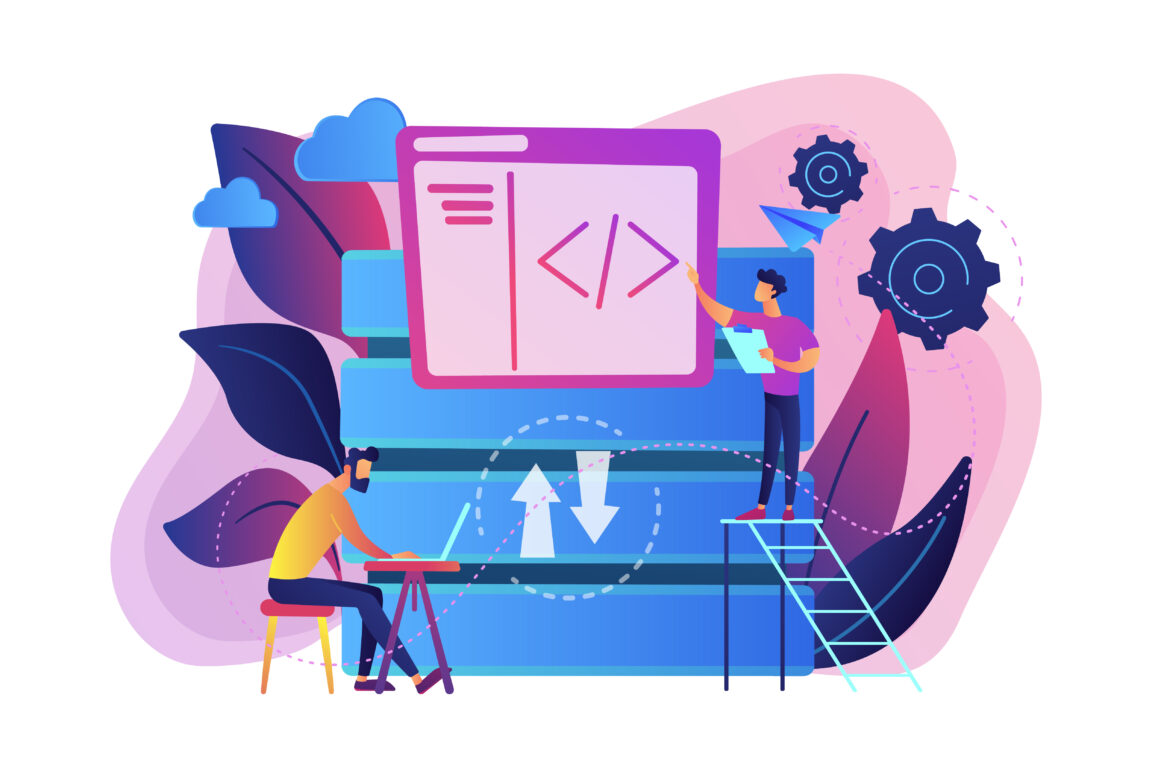Introduction
Accessibility has always been a crucial aspect of design. In today’s world, where technology is becoming an increasingly vital part of our lives, it is more important than ever to ensure that our software is accessible to all users. Inclusive design is an approach to design that takes into account the needs of all users, including those with disabilities. It is about creating products that are not only accessible but also usable by everyone. In this blog post, we will discuss the importance of inclusive design in software development and how it can benefit both users and developers.
What is Inclusive Design?
Inclusive design is an approach to design that aims to create products that are accessible and usable by everyone, regardless of their abilities or disabilities. It is about designing products that are inclusive from the outset, rather than trying to retrofit accessibility features later on. Inclusive design takes into account the needs of all users, including those with visual, auditory, cognitive, and physical disabilities.
The Importance of Inclusive Design in Software Development
Inclusive design is especially important in software development. With the increasing reliance on technology, software is becoming an essential part of our daily lives. It is used for everything from communication and entertainment to education and business. If software is not designed with inclusivity in mind, it can create barriers for users with disabilities, preventing them from accessing the same information and services as everyone else.
Inclusive design is not only beneficial for users with disabilities. Improving the user experience for all is also among its potential benefits. For example, captioning in videos can benefit not only users who are deaf or hard of hearing but also users who are watching the video in a noisy environment or who are not native speakers of the language in the video. Similarly, providing text alternatives for images can benefit not only users with visual impairments but also users who are browsing the web with slow internet connections.
Inclusive design can also benefit developers. By designing products that are accessible and usable by everyone, developers can increase their potential user base and improve their products’ overall quality. Inclusive design can also help reduce the risk of lawsuits or legal action related to accessibility.
Inclusive Design Best Practices
There are several best practices that developers can follow to ensure that their software is inclusive and accessible to everyone:
- Involve Users with Disabilities in the Design Process: It is essential to involve users with disabilities in the design process from the beginning. They can provide valuable insights into their needs and experiences, which can help developers create more inclusive products.
- Use Clear and Simple Language: Use clear and simple language in all aspects of the software, including instructions, error messages, and documentation. Avoid using jargon or technical terms that may be unfamiliar to some users.
- Provide Text Alternatives for Images and Videos: Provide text alternatives for images and videos, such as alt text or captions. This allows users with visual impairments to understand the content.
- Be cautious when utilizing color: refrain from relying solely on color to communicate important information.Use high contrast colors to make text and other elements easy to read for users with visual impairments.
- Use Keyboard Navigation: Ensure that all aspects of the software can be navigated using a keyboard. This is essential for users with physical disabilities who may not be able to use a mouse or touch screen.
- Use Descriptive Links and Headings: Use descriptive links and headings to make it easy for users to navigate the software. This is especially important for users with cognitive disabilities who may have difficulty understanding complex navigation structures.
- Test with Assistive Technologies: Test the software with assistive technologies, such as screen readers and voice recognition software, to ensure that it is accessible to users with disabilities.
In conclusion, building software with accessibility in mind is crucial for creating inclusive digital experiences that can be used by people of all abilities. By incorporating inclusive design principles into the software development process, we can ensure that technology is accessible to everyone, regardless of their physical or cognitive capabilities. Embracing accessibility not only benefits individuals with disabilities, but also enhances the overall user experience for all users. As technology continues to advance, it is important that we prioritize accessibility in software development to create a more inclusive and equitable world for everyone.







Comments
0 comments